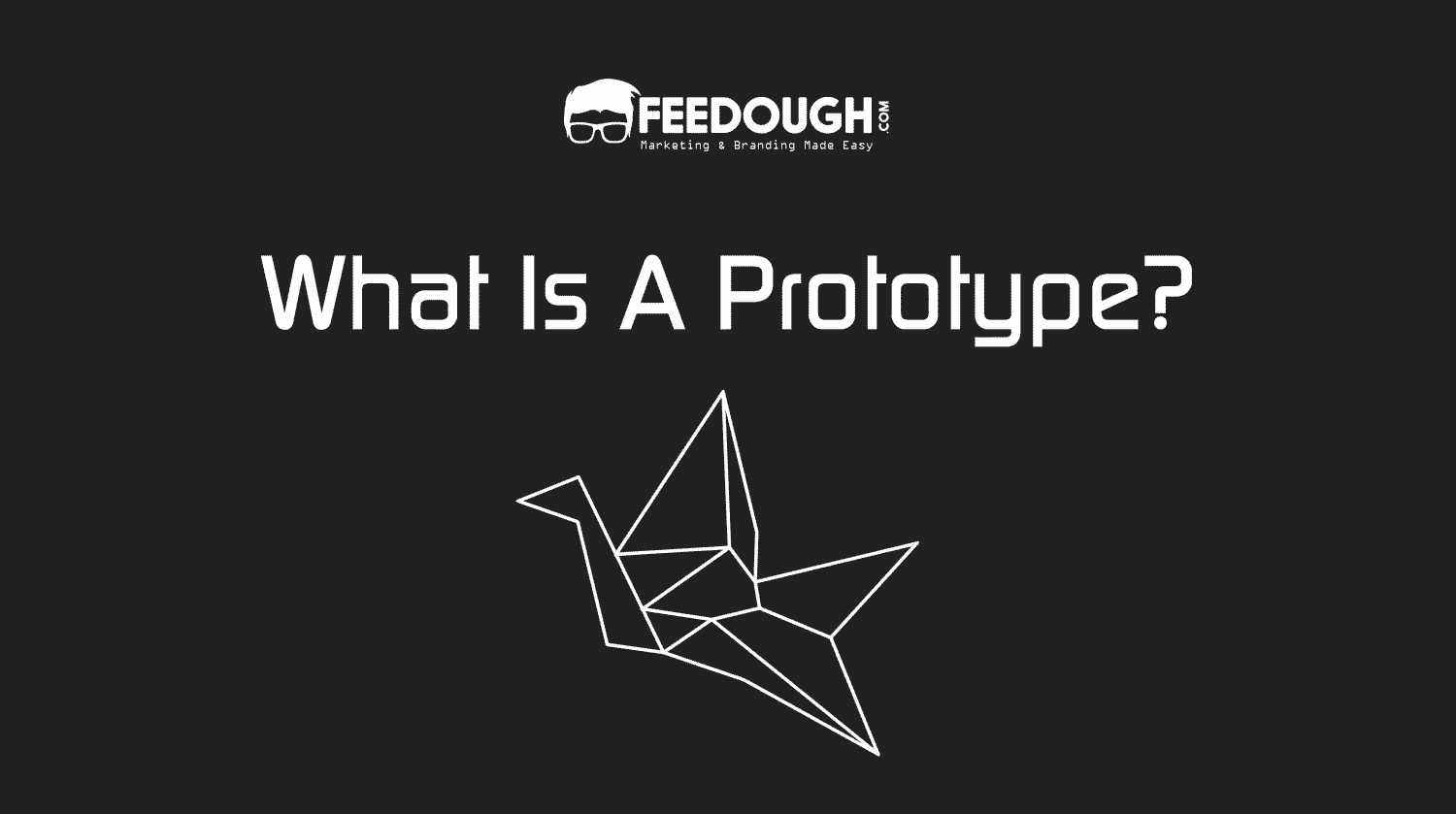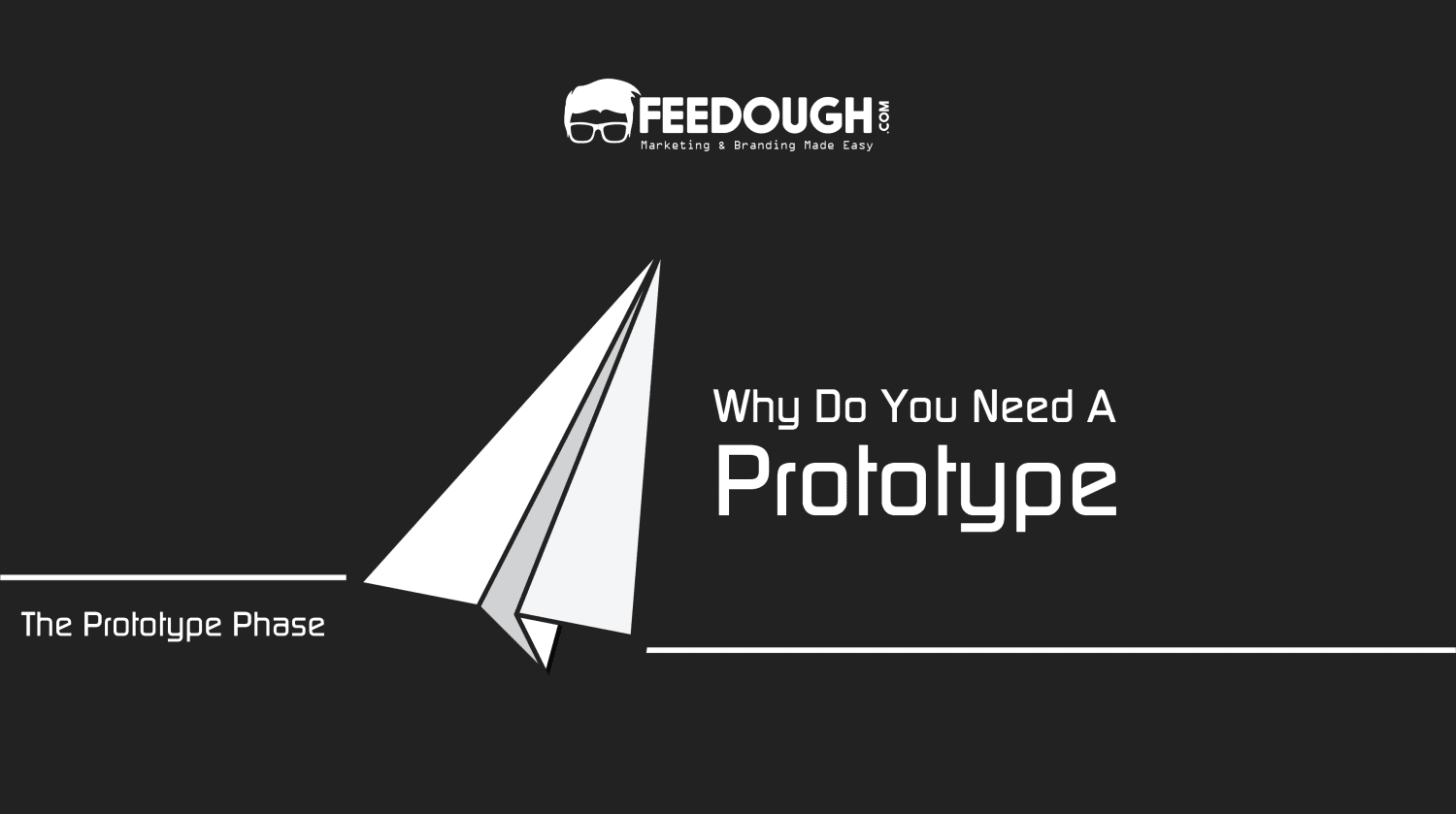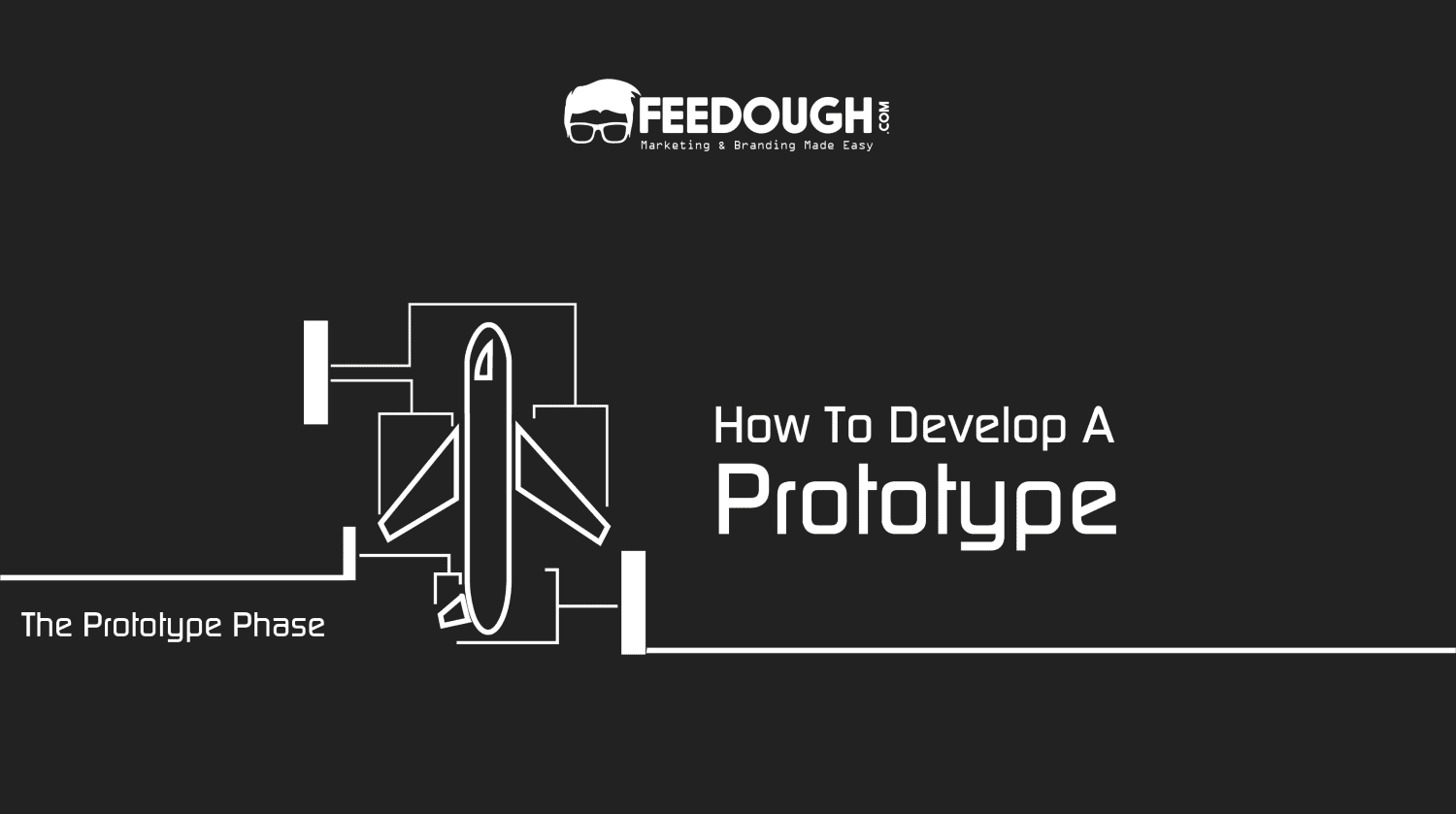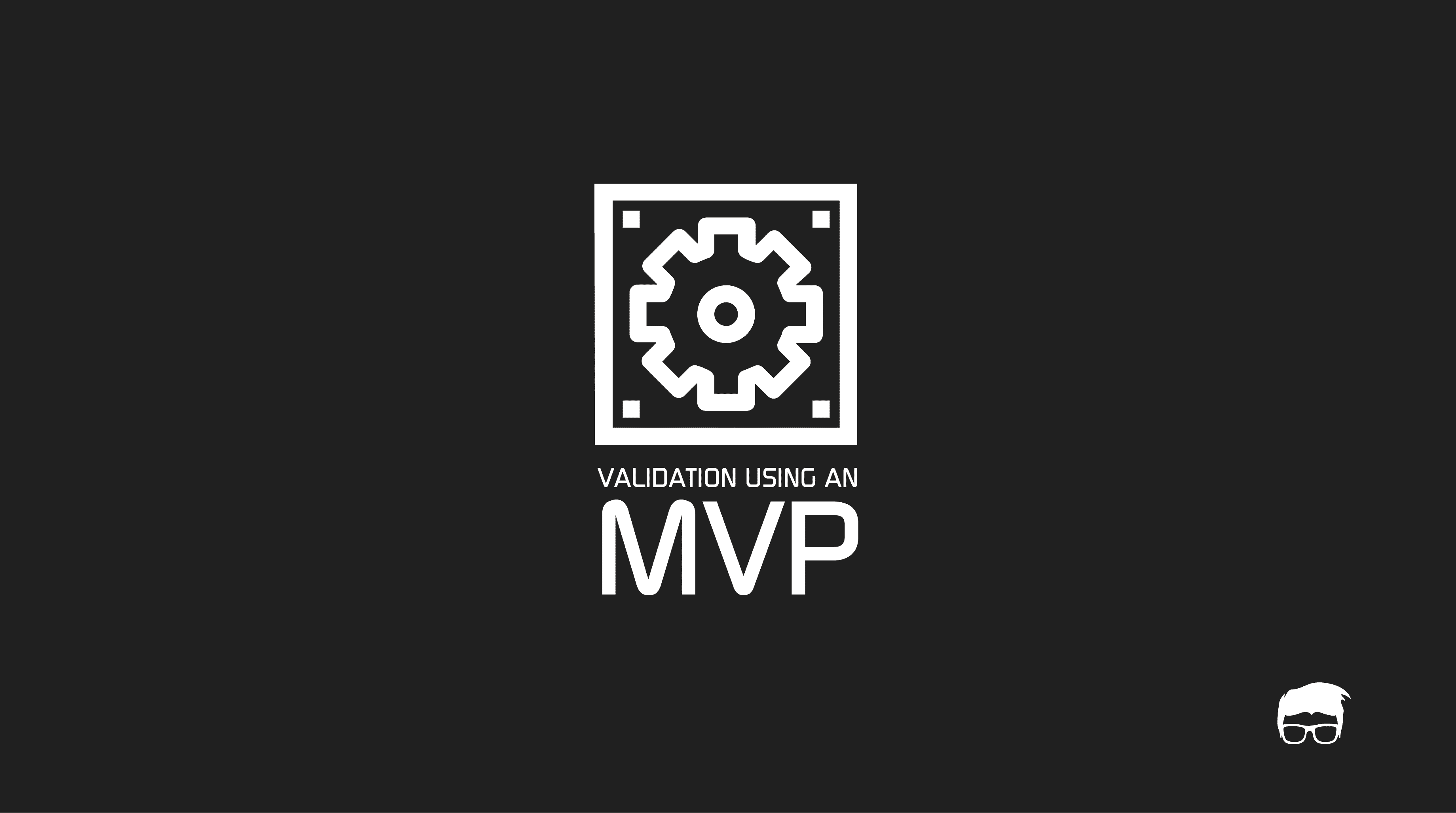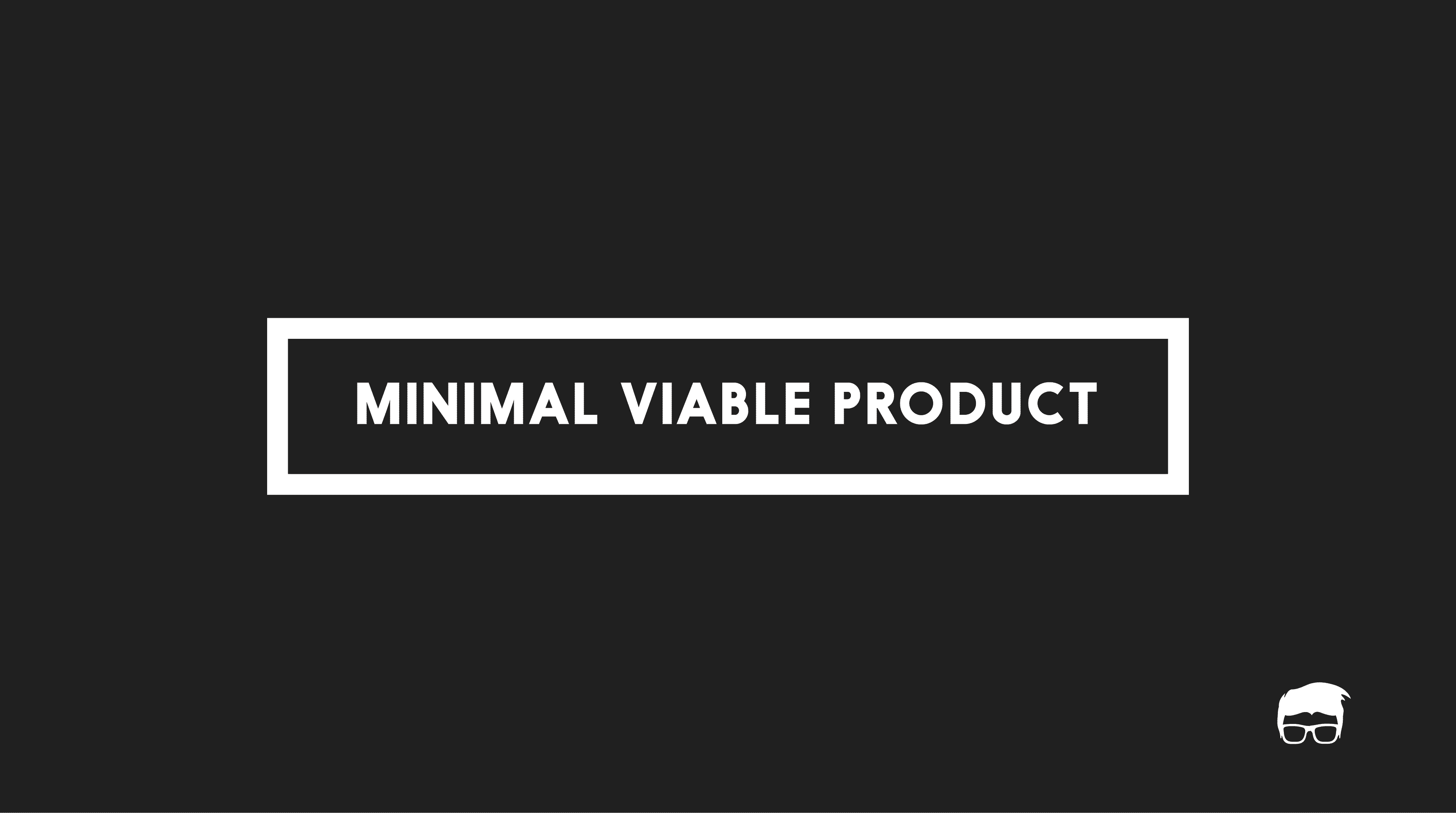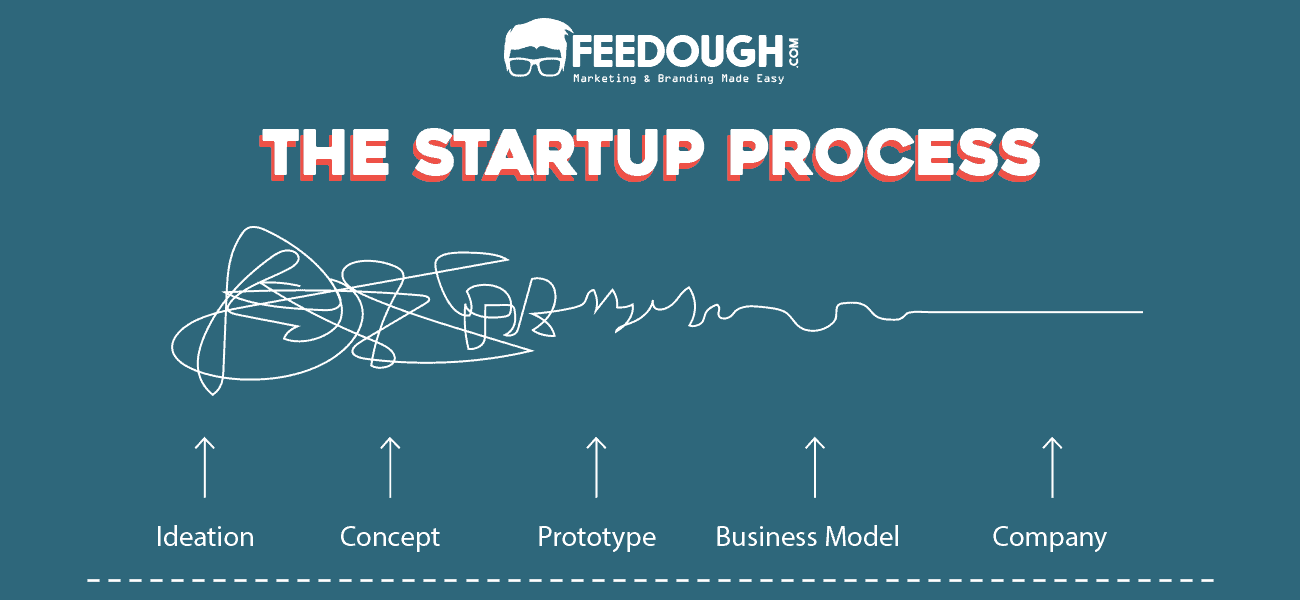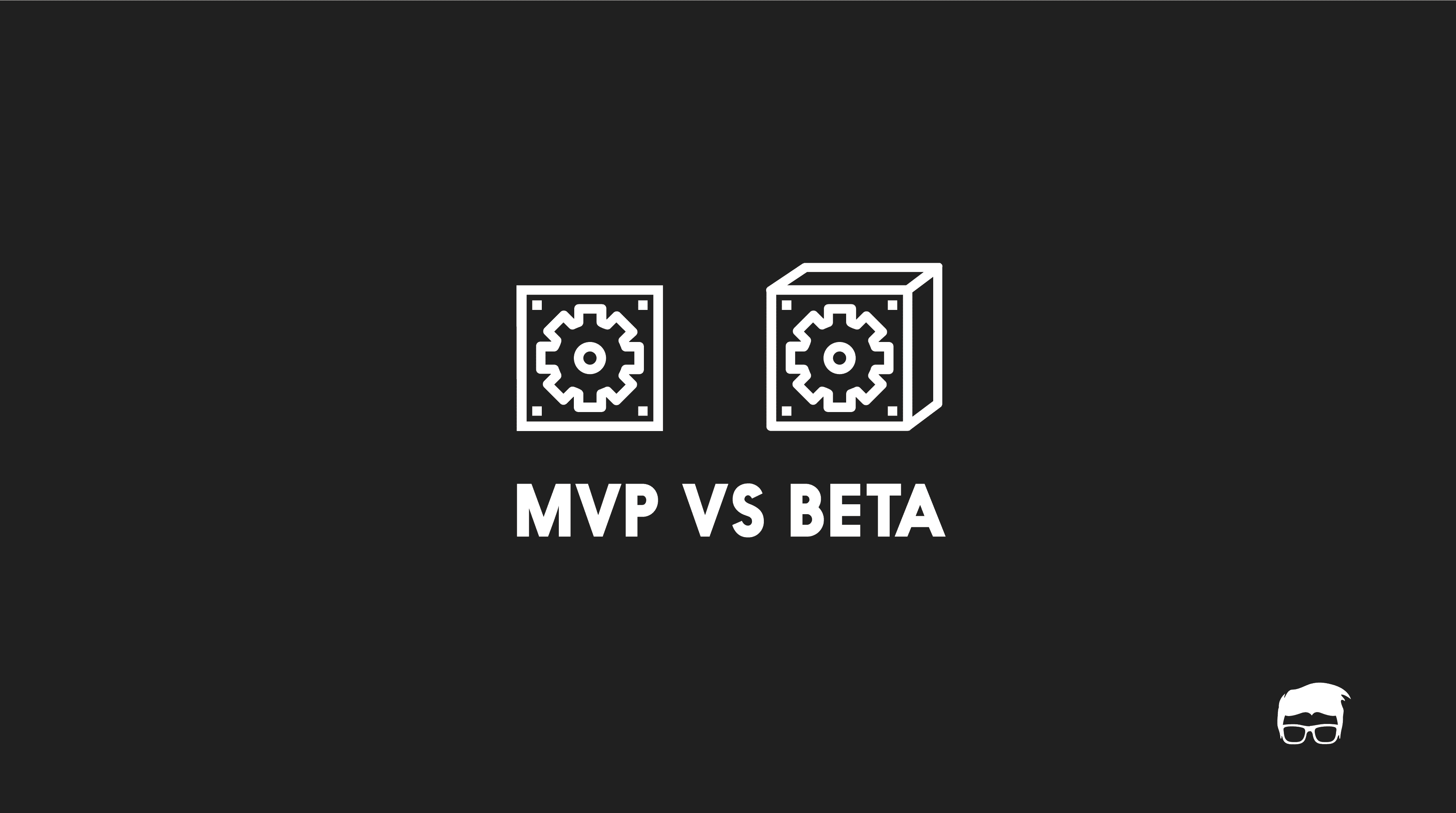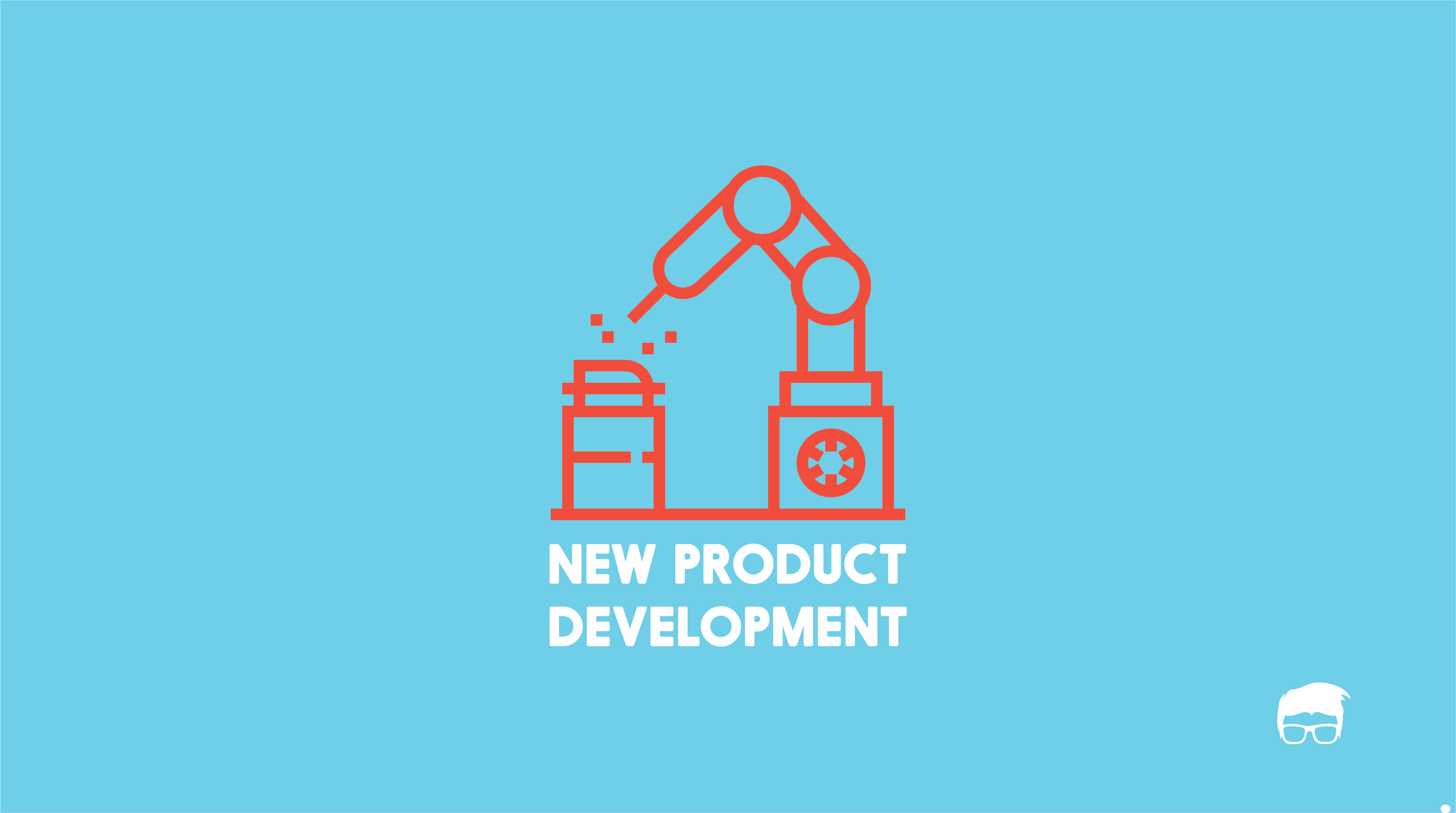Prototyping is an essential step in the development of a product, be it digital or physical. The process converts the idea into a concept that has a physical structure. This concept can be presented to stakeholders or audience to test its viability and validate assumptions.
In simple terms, a prototype isn’t just a part of the product design, it is one of the most integral parts to –
- Know if the ideated product is viable for mass production,
- Give an essence of the product to the stakeholders and investors before the actual product is developed.
Prototyping is a vital course of action without which which future steps of the startup process are nothing but useless.
What Is A Prototype?
A prototype is a rudimentary working sample, model, mock-up or just a simulation of the actual product based on which the other forms (MVP, final product, and variations) are developed.
The main motive behind prototyping is to validate the design of the actual product. Sometimes, creating a prototype is called materialization as it is the first step of transforming the virtual or conceptualized design into the real physical form.
Importance Of A Prototype
Prototype is the preliminary version of the actual product developed to:
- Validate the design of the product,
- Present to investors or licensees,
- Protect the Intellectual property,
- Remove kinks in manufacturing,
- Test and refine the final product.
Qualities Of A Good Prototype
Generally, a prototype is considered to be a complete prototype only if it possesses these following characteristics:
- Representation: A prototype is a rudimentary representation of the actual product. It represents how the product will look and/or work like.
- Precision: More precise the prototype, better the response and feedback.
- Functional: A good prototype performs the basic functions of the actual product (if possible).
- Improvision: A good prototype is one which can be improvised on with minimum effort. This one of the most important aspect of prototyping as a prototype is subject to many improvisations.
Types of Prototypes
Different project requirements require different types of prototypes. Such prototypes can differ on the basis of what they represent or how they are used.
Based On What They Represent
While a prototype can be in the form of paper, digital, miniature or a partial product, all of these can be categorized into three categories on the basis of what they represent.
Functional Prototypes
Functional prototypes are designed to imitate the functions of the actual product as closely as possible no matter how different they look from the actual product.These types of prototypes are produced for the products which are dependent on the function rather than the display.
For example: creating a backend prototype without working on the frontend of the website.
Display Prototypes
Display prototypes are designed with more focus on the look and feel of the product rather than the functions. These prototypes may or may not function but represent the look of the actual product very well.
Display prototypes are usually used in the fashion industry and in other industries where looks are more important.
Miniatures
Miniatures are smaller versions or the basic versions of the product focused on both the functional aspect as well as the display aspect. Nevertheless, these aren’t the actual products and lack many qualities of the actual product like not working at full capacity, etc.
Miniatures are usually developed by the 3D printing of the product.
Based On How They Are Used
From a usability perspective, the prototypes can be categorized into:
Throwaway prototype
Throwaway prototype refers to the models which are eventually discarded or thrown away rather than becoming a part of the actual product. These products are only used to represent what an actual product can do. Throwaway prototypes are also called close ended prototypes
Evolutionary Prototype
Evolutionary prototyping uses a different approach than throwaway prototyping and involves building a basic but robust prototype in a manner which can further be improved and built upon to form an actual saleable product. This avoids wastage of resources.
Prototype Examples
Prototypes come in many types and shapes. It all depends on the reason for what a prototype is created. While some prototypes are developed just to represent or mimic the functioning or the look of the product (paper prototypes, HTML prototypes, etc.) to investors, some include showing a miniature version (3D print, single version of the lot, etc.) of the product with full or partial functionality.
Here are a few examples of prototypes:
Paper Prototype
A paper prototype is an example of a throwaway prototype created in the form of rough or hand-sketched drawings of the product’s interface, front-end design, and sometimes the back end work.
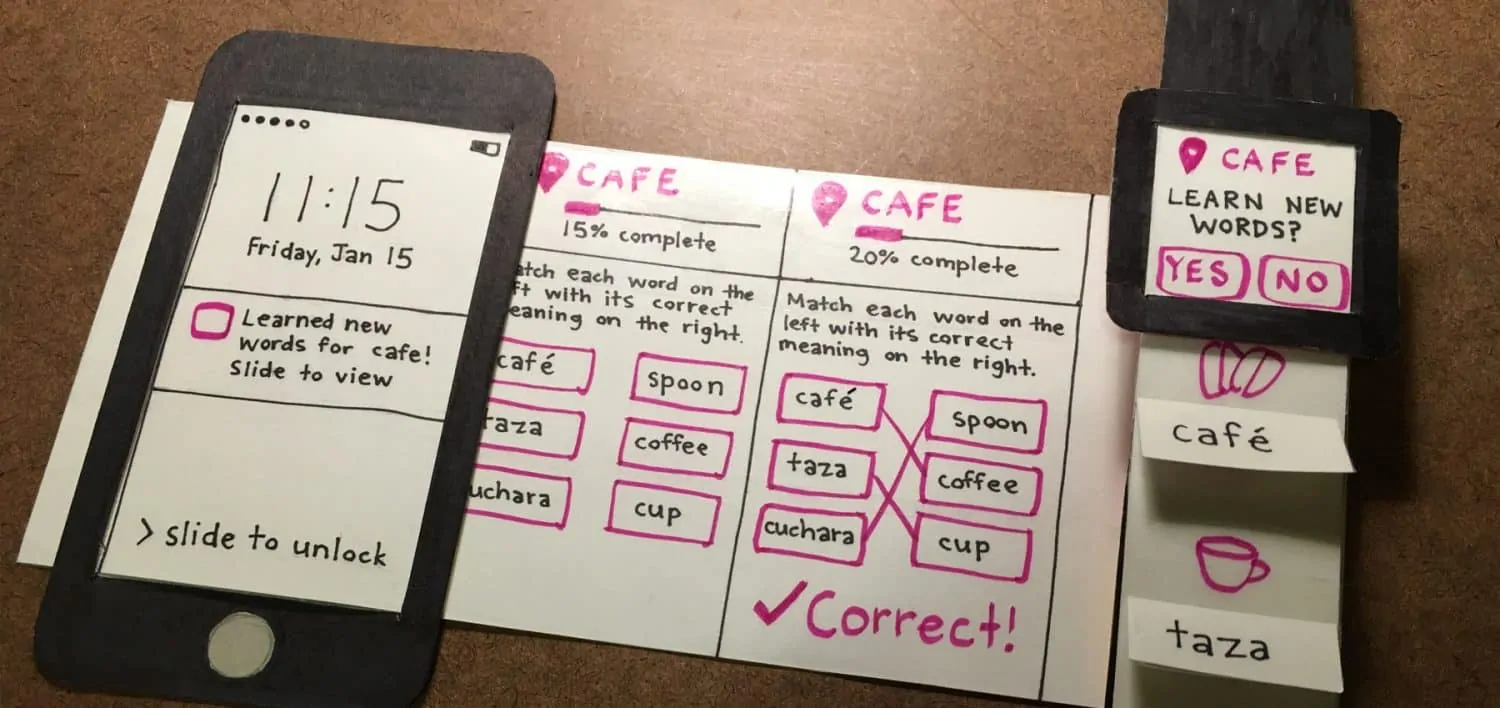
3D print
The latest technology has made it possible to print a 3d version of your product which can actually work. But this technique is not feasible for mass production.
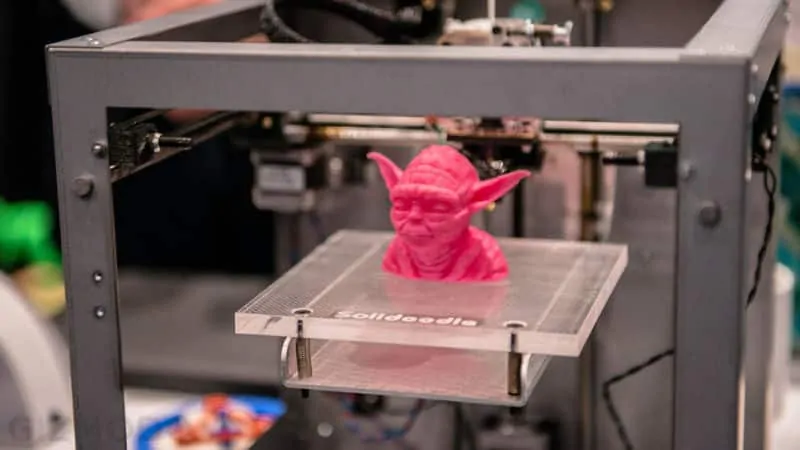
Digital Prototype
A digital prototype allows product developers to create a virtual model of the product which enables them to see how the individual components will work together and how the product will look once it’s completed.
That is, it lets the developers virtually explore the complete product before it’s actually built.
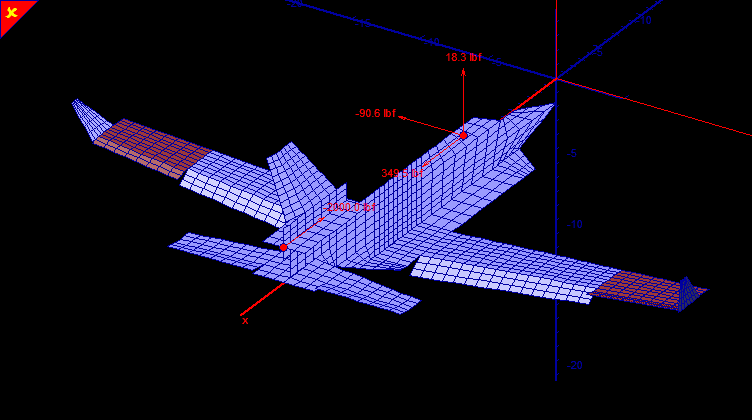
Scale Model
The scale model is a smaller and a non-functional model commonly used for prototyping large products like buildings, automobiles, etc.
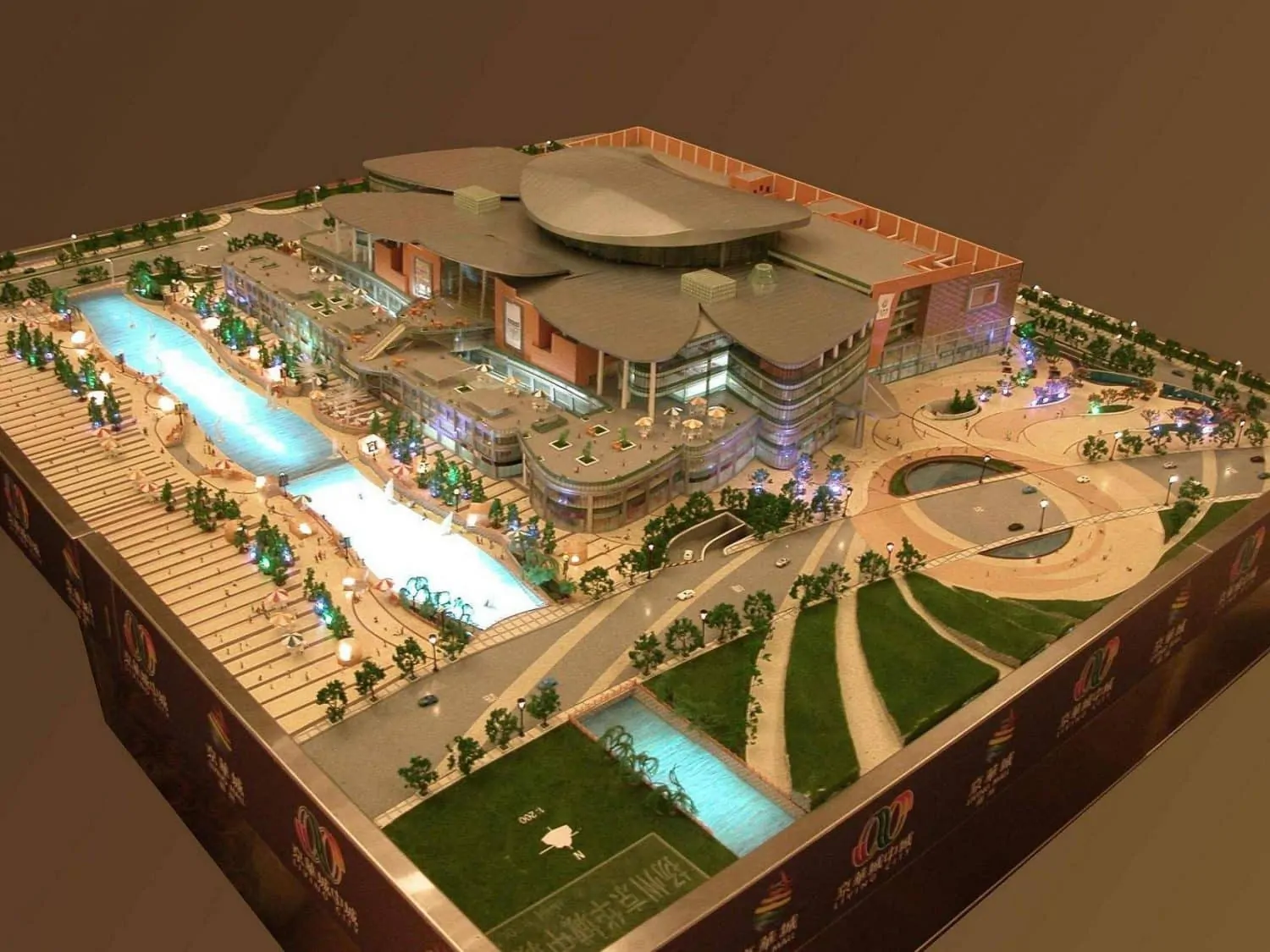
Go On, Tell Us What You Think!
Did we miss something? Come on! Tell us what you think of this article on what is a prototype? in the comments section.
A startup consultant, digital marketer, traveller, and philomath. Aashish has worked with over 20 startups and successfully helped them ideate, raise money, and succeed. When not working, he can be found hiking, camping, and stargazing.
